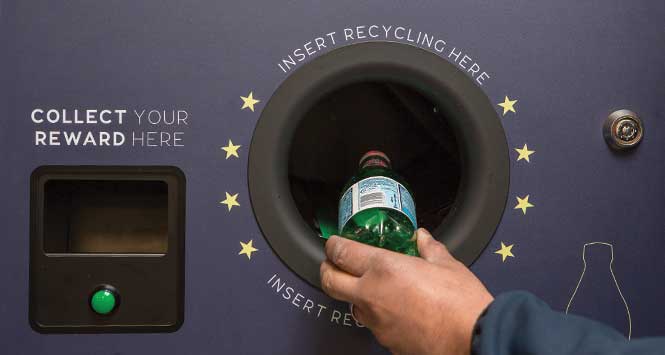Minimum Unit Pricing (MUP) has forced some people who are dependent on alcohol to reduce other expenditure, such as food and utilities, according to a report from Public Health Scotland.
Research carried out by the University of Sheffield, the University of Newcastle (Australia), and Figure 8 Consultancy Services found there was little evidence found of other negative consequences in this population following the introduction of MUP, such as increased crime, a shift to the use of illicit substances or acute withdrawal.
In addition, the report reveals that people with alcohol dependence were also found to have limited awareness and understanding of MUP and reported receiving little information or support before its introduction.
Professor John Holmes, Professor of Alcohol Policy and Director of the Sheffield Alcohol Research Group at the University of Sheffield, said: “We know from previous studies that MUP reduced alcohol sales, including among those who bought the most alcohol before the policy. Our study shows that people with alcohol dependence responded to MUP in very different ways. Some reduced their spending on other things, but others switched to lower strength drinks or simply bought less alcohol.
“It is important that alcohol treatment services and other organisations find ways to support those who do have financial problems, particularly as inflation rises.”
Helen Chung Patterson, Public Health Intelligence Adviser at Public Health Scotland, said: “People who drink at harmful levels, and particularly those with alcohol dependence, are a diverse group with complex needs who often experience multiple interacting health and social problems. They are therefore unlikely to respond to MUP in one single or simple way.”
She added: “This research further develops our understanding of and insights into this important population and how they have responded to MUP across a broad range of areas. It’s crucial to build the evidence base in this area as part of our overall evaluation of MUP.”








